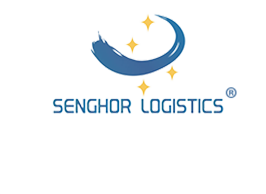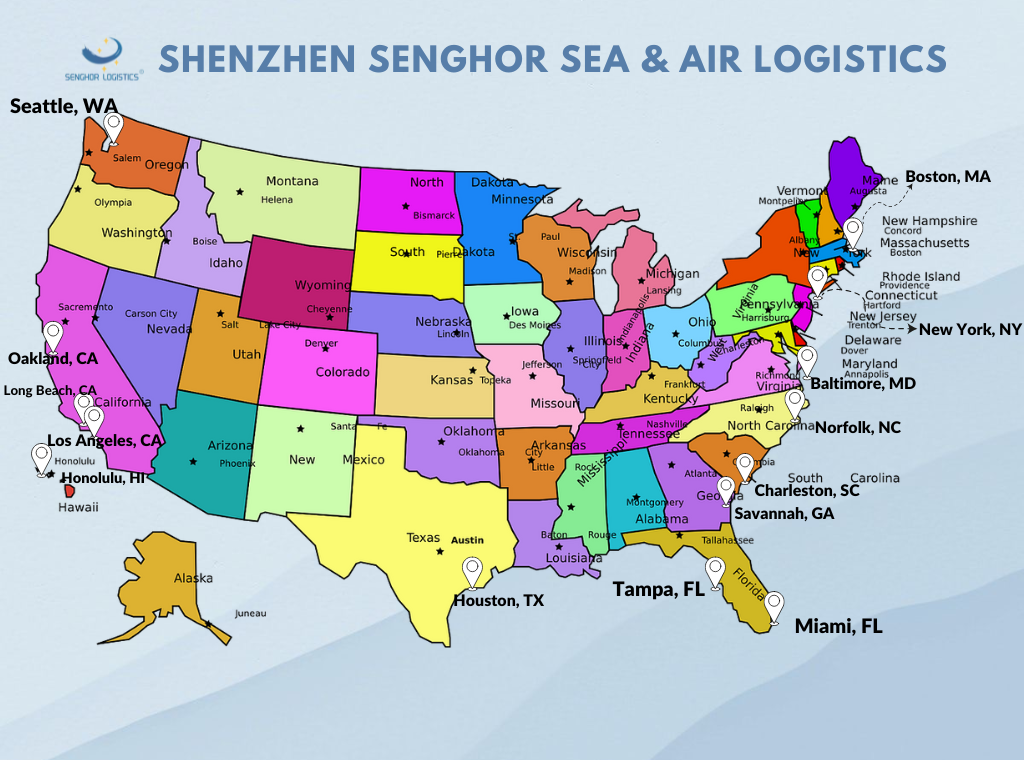Importing goods into the United States is subject to strict supervision by U.S. Customs and Border Protection (CBP). This federal agency is responsible for regulating and promoting international trade, collecting import duties, and enforcing U.S. regulations. Understanding the basic process of U.S. Customs import inspections can help businesses and importers complete this important procedure more efficiently.
1. Pre-Arrival Documents
Before the goods arrive in the United States, the importer must prepare and submit the necessary documentation to CBP. This includes:
- Bill of Lading (sea freight) or Air Waybill (air freight): A document issued by a carrier confirming receipt of goods to be shipped.
- Commercial Invoice: A detailed invoice from the seller to the buyer listing the goods, their value and terms of sale.
- Packing List: A document detailing the contents, dimensions and weight of each package.
- Arrival Manifest (CBP Form 7533): The form used to declare the arrival of cargo.
- Import Security Filing (ISF): Also known as the “10+2” rule, requires importers to submit 10 data elements to CBP at least 24 hours before cargo is loaded onto a vessel bound for the United States.
2. Arrival and Entry Registration
Upon arrival at the U.S. port of entry, the importer or his customs broker must submit an entry application to CBP. This involves submitting:
- Summary of Entry (CBP Form 7501): This form provides detailed information about the imported goods, including their classification, value, and country of origin.
- Customs Bond: A financial assurance that the importer will comply with all customs regulations and pay any duties, taxes, and fees.
3. Preliminary inspection
CBP officers conduct an initial inspection, review documentation and assess risks associated with the shipment. This initial screening helps determine whether the shipment requires further inspection. An initial inspection may involve:
- Document Review: Verify the accuracy and completeness of submitted documents. (Inspection time: within 24 hours)
- Automatic Targeting System (ATS): Uses advanced algorithms to identify high-risk cargo based on various criteria.
4. Second inspection
If any issues arise during the initial inspection, or if random inspection of the goods is chosen, a secondary inspection will be carried out. During this more detailed inspection, CBP officers may:
- Non-Intrusive Inspection (NII): The use of X-ray machines, radiation detectors or other scanning technology to inspect goods without opening them. (Inspection time: within 48 hours)
- Physical Inspection: Open and inspect shipment contents. (Inspection time: more than 3-5 working days)
- Manual Inspection (MET): This is the most stringent inspection method for US shipment. The entire container will be transported to a designated location by customs. All the goods in the container will be opened and inspected one by one. If there are suspicious items, customs personnel will be notified to conduct sample inspections of the goods. This is the most time-consuming inspection method, and the inspection time will continue to extend according to the problem. (Inspection time: 7-15 days)
5. Duty Assessment and Payment
CBP officers assess applicable duties, taxes, and fees based on the shipment's classification and value. Importers must pay these fees before the goods are released. The amount of duty depends on the following factors:
- Harmonized Tariff Schedule (HTS) Classification: The specific category in which goods are classified.
- Country of Origin: The country in which the goods are manufactured or produced.
- Trade Agreement: Any applicable trade agreement that may reduce or eliminate tariffs.
6. Publish and Deliver
Once the inspection is complete and duties are paid, CBP releases the shipment into the United States. Once the importer or his customs broker receives the release notice, the goods can be transported to the final destination.
7. Post-Entry Compliance
CBP continuously monitors compliance with U.S. import regulations. Importers must keep accurate records of transactions and may be subject to audits and inspections. Failure to comply may result in penalties, fines or seizure of goods.
The U.S. Customs import inspection process is an important part of US international trade supervision. Complying with U.S. customs regulations ensures a smoother and more efficient import process, thereby facilitating the legal entry of goods into the United States.
You may want to know:
Post time: Sep-20-2024












